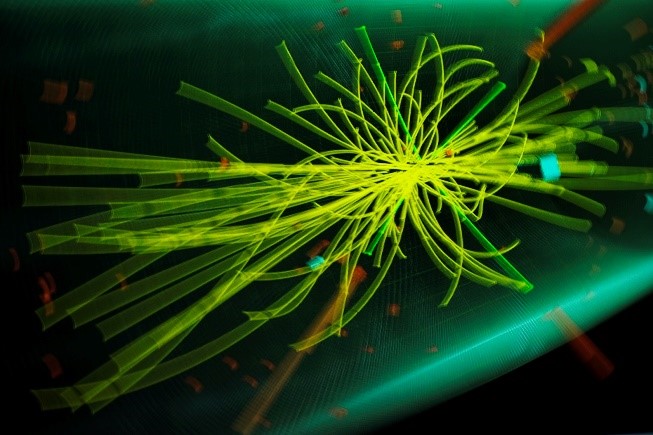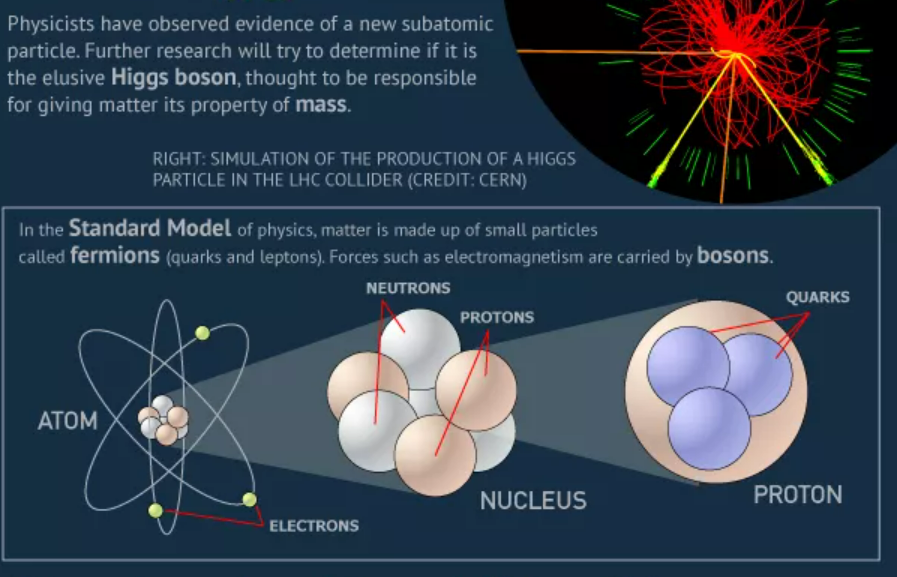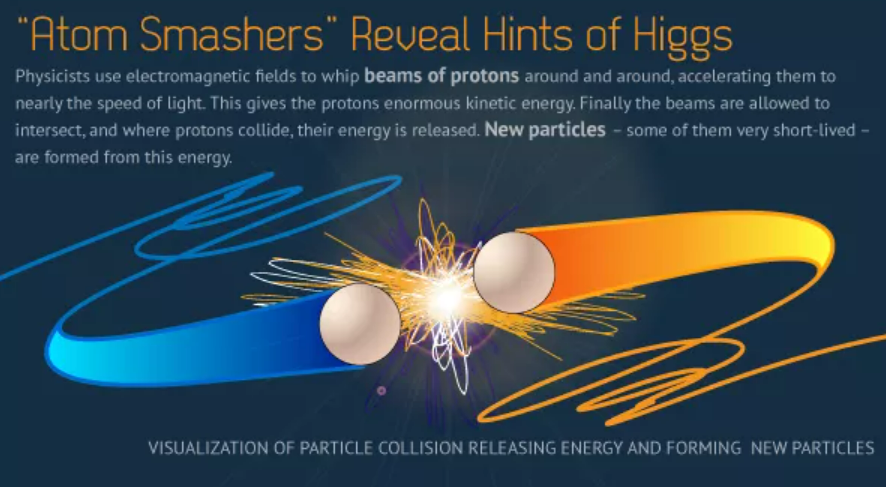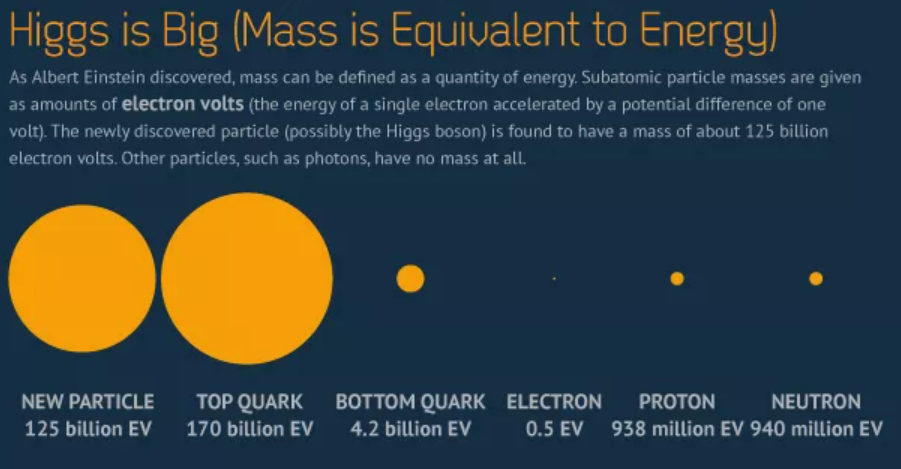Free Courses Sale ends Soon, Get It Now


Free Courses Sale ends Soon, Get It Now



Disclaimer: Copyright infringement not intended.
Context
Higgs Boson



Decay of the Higgs boson
Significance
|
Standard Model of Particle Physics
Boson
Fundamental Bosons
|
READ ABOUT LARGE HADRON COLLIDER
https://www.iasgyan.in/daily-current-affairs/large-hadron-collider
|
PRACTICE QUESTION Q. Consider the following statements: 1. The Gluons are the electrically neutral carrier of the weak force. 2. Z Boson particles mediate the interactions of the strong nuclear force, which binds together quarks to form protons and neutrons and also holds the protons and neutrons together within an atom's nucleus. Which of the above statements is/are incorrect? (a) Only 1 (b) Only 2 (c) Both 1 and 2 (d) Neither 1 nor 2 Correct Answer: (c) Both 1 and 2 |
© 2024 iasgyan. All right reserved